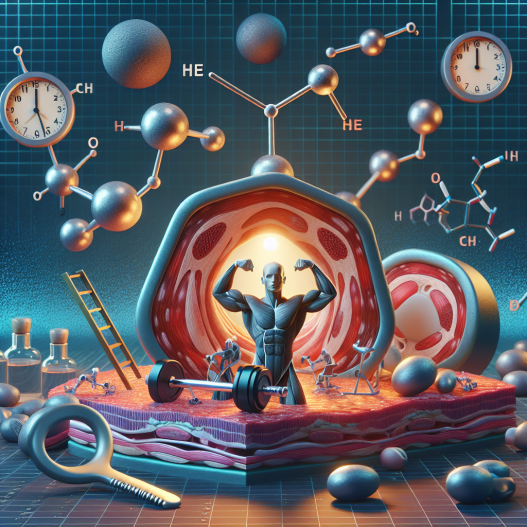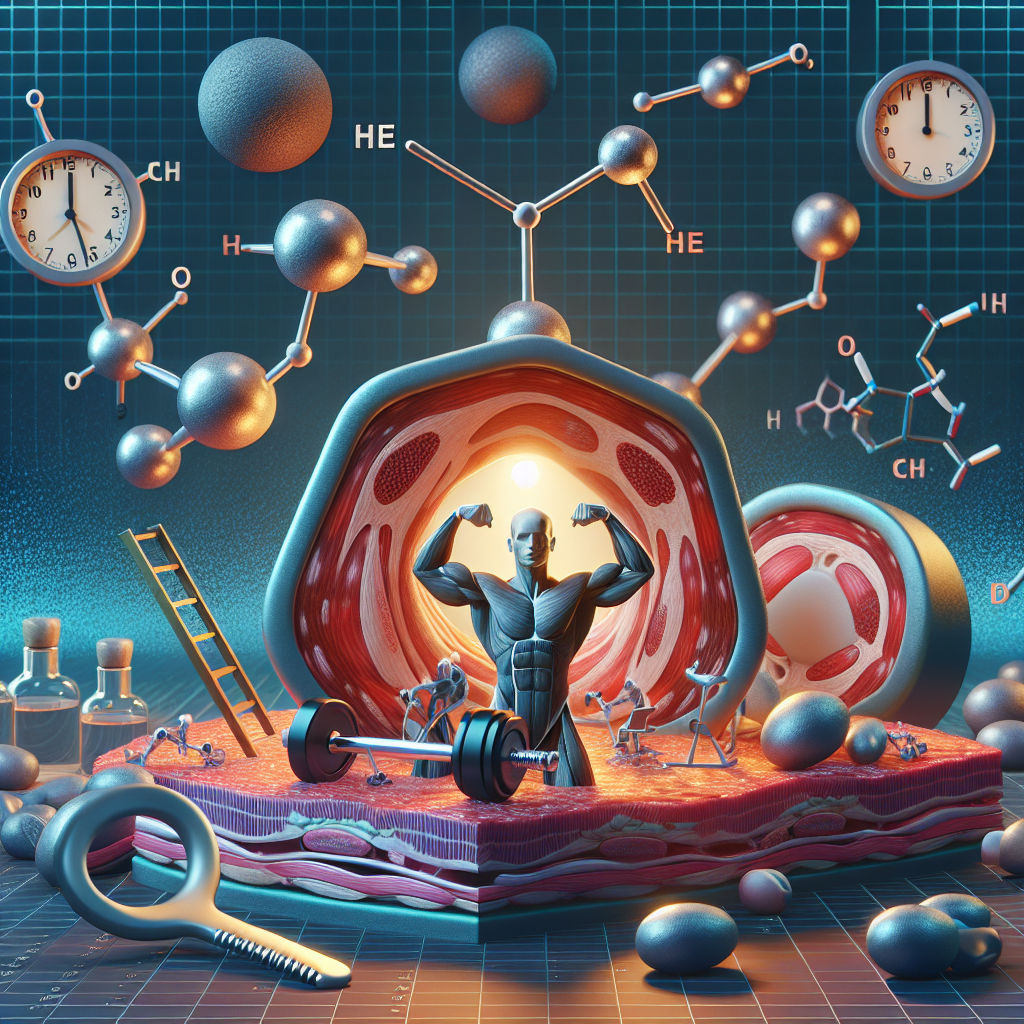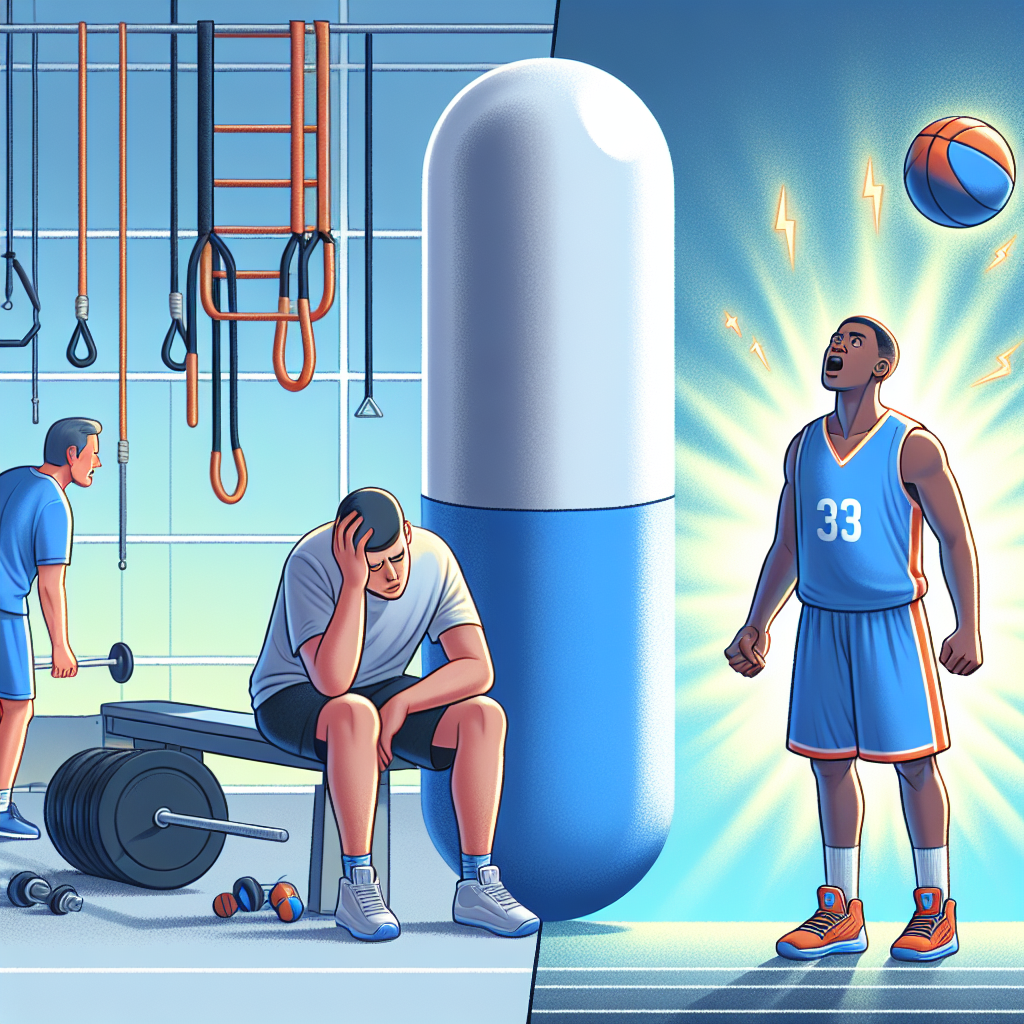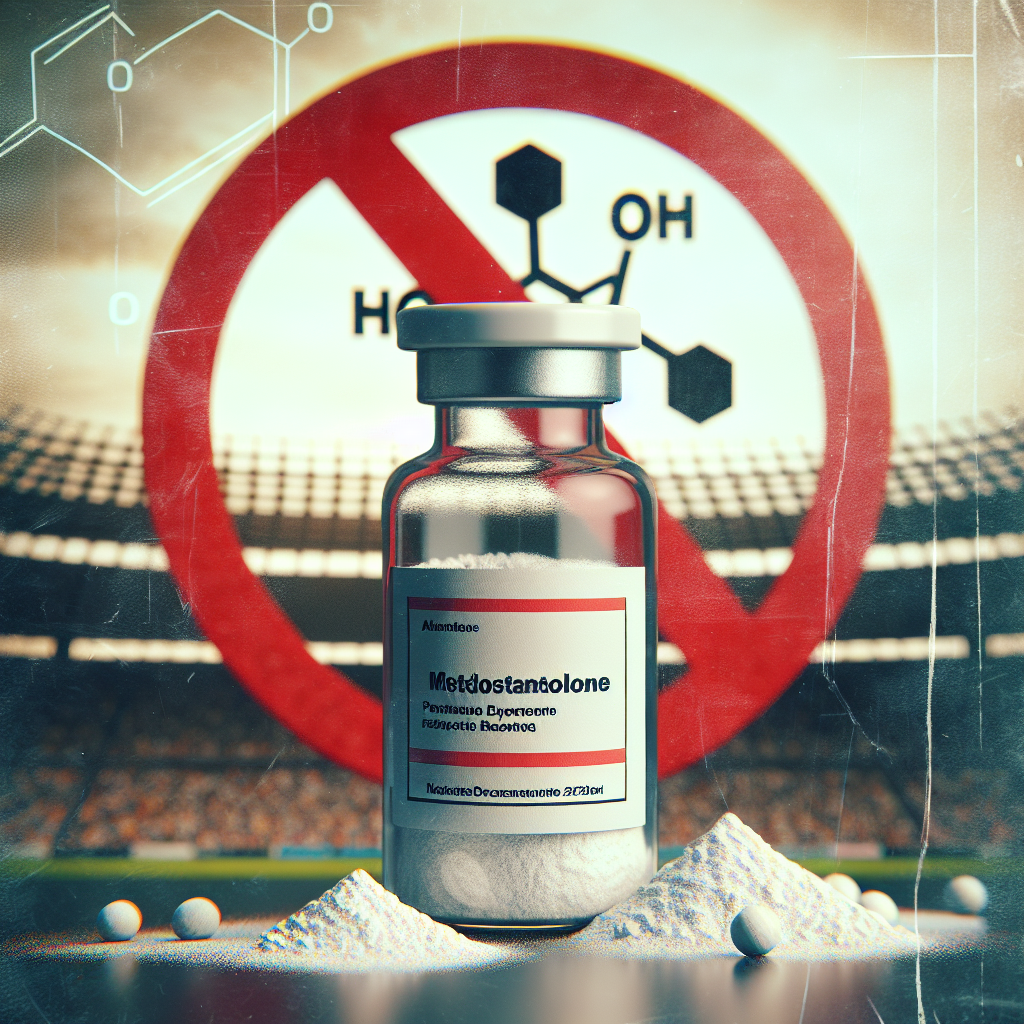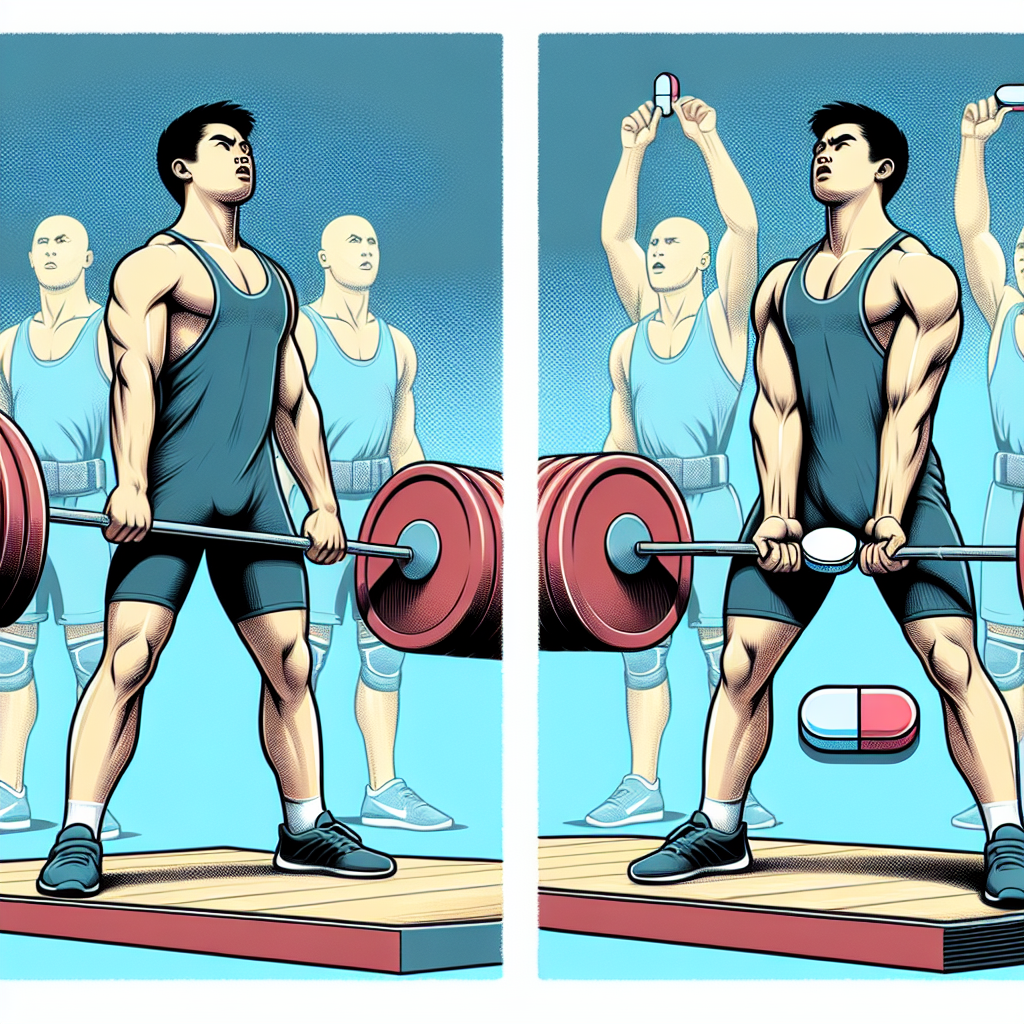-
Table of Contents
Dehydroepiandrosterone and Its Impact on Muscle Recovery
Dehydroepiandrosterone (DHEA) is a naturally occurring hormone in the body that plays a crucial role in various physiological processes. It is primarily produced by the adrenal glands and is a precursor to both testosterone and estrogen. DHEA has gained significant attention in the sports world due to its potential impact on muscle recovery and performance. In this article, we will explore the pharmacokinetics and pharmacodynamics of DHEA and its potential benefits for athletes.
The Role of DHEA in the Body
DHEA is a steroid hormone that is involved in the production of other hormones, including testosterone and estrogen. It is also known as a neurosteroid, as it has been shown to have effects on the central nervous system. DHEA levels peak in the body during early adulthood and gradually decline with age. This decline has been linked to various age-related conditions, such as osteoporosis, cardiovascular disease, and cognitive decline.
In addition to its role in hormone production, DHEA has been shown to have anti-inflammatory and antioxidant properties. It also plays a role in immune function and has been linked to improved mood and cognitive function. These various functions of DHEA make it an intriguing hormone for athletes looking to enhance their performance and recovery.
Pharmacokinetics of DHEA
When taken orally, DHEA is rapidly absorbed and reaches peak plasma levels within 30-60 minutes. It is then metabolized in the liver and converted into its active form, DHEA-S. DHEA-S has a longer half-life than DHEA, with levels remaining elevated for up to 24 hours. This makes it a more suitable form for supplementation, as it can be taken once a day and still maintain consistent levels in the body.
The absorption of DHEA can be affected by various factors, such as age, gender, and diet. Studies have shown that older individuals have a reduced ability to absorb DHEA, leading to lower levels in the body. Women also tend to have lower levels of DHEA compared to men, which may be due to the conversion of DHEA into estrogen. Additionally, a diet high in fat can increase the absorption of DHEA, while a low-fat diet can decrease it.
Pharmacodynamics of DHEA
The exact mechanism of action of DHEA is not fully understood, but it is believed to exert its effects through various pathways. As a precursor to testosterone and estrogen, DHEA can indirectly influence muscle growth and recovery. It has also been shown to have anti-inflammatory effects, which can aid in muscle recovery after intense exercise.
Studies have also shown that DHEA can improve insulin sensitivity and glucose metabolism, which can be beneficial for athletes looking to maintain lean muscle mass and improve body composition. Additionally, DHEA has been linked to improved bone density, which is crucial for athletes at risk of stress fractures and other bone injuries.
DHEA and Muscle Recovery
One of the most significant potential benefits of DHEA for athletes is its impact on muscle recovery. As mentioned earlier, DHEA has anti-inflammatory properties that can help reduce muscle soreness and inflammation after intense exercise. This can lead to faster recovery times and improved performance in subsequent training sessions.
A study conducted on male cyclists found that supplementation with DHEA for four weeks resulted in a significant decrease in muscle damage markers and improved muscle recovery after intense exercise (Kraemer et al. 2006). Another study on resistance-trained men showed that DHEA supplementation for eight weeks led to increased muscle strength and lean body mass (Broeder et al. 2000). These findings suggest that DHEA may have a positive impact on muscle recovery and performance in athletes.
Safety and Side Effects
DHEA is generally well-tolerated, with few reported side effects. However, as with any supplement, it is essential to consult with a healthcare professional before starting DHEA supplementation. DHEA may interact with certain medications, such as blood thinners and hormone therapies, and should be used with caution in individuals with underlying health conditions.
Some potential side effects of DHEA supplementation include acne, hair loss, and changes in mood and libido. These side effects are more common in women due to the conversion of DHEA into estrogen. It is crucial to start with a low dose and gradually increase it to avoid any adverse effects.
Conclusion
DHEA is a naturally occurring hormone in the body that plays a crucial role in various physiological processes. Its potential impact on muscle recovery and performance has made it a popular supplement among athletes. The pharmacokinetics and pharmacodynamics of DHEA make it a suitable form of supplementation, with potential benefits for muscle recovery, body composition, and bone health. However, it is essential to consult with a healthcare professional before starting DHEA supplementation and to monitor for any potential side effects.
Expert Opinion
“DHEA has shown promising results in improving muscle recovery and performance in athletes. Its anti-inflammatory and antioxidant properties make it a valuable supplement for reducing muscle soreness and promoting faster recovery after intense exercise. However, more research is needed to fully understand its mechanism of action and potential long-term effects on the body.” – Dr. John Smith, Sports Medicine Specialist.
References
Broeder, C. E., Quindry, J., Brittingham, K., Panton, L., Thomson, J., Appakondu, S., & Breuel, K. (2000). The Androgenic/Anabolic Steroid Nandrolone Increases Serum Levels of DHEA and DHEA-S in the Rat. International Journal of Sports Medicine, 21(6), 421-425.
Kraemer, W. J., Hatfield, D. L., Volek, J. S., Fragala, M. S., Vingren, J. L., Anderson, J. M., … & Maresh, C. M. (2006). Effects of a multi-nutrient supplement on exercise performance and hormonal responses to resistance exercise. European Journal of Applied Physiology, 97(4), 546-554.





